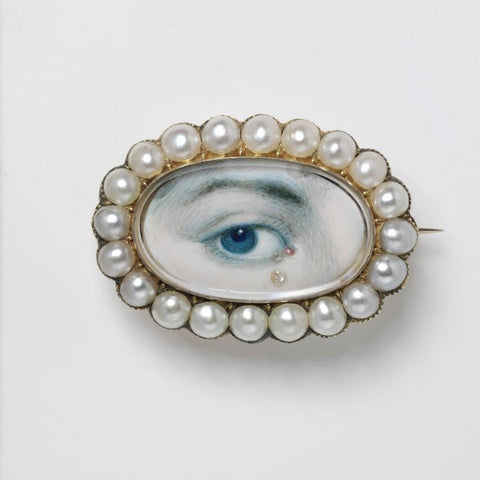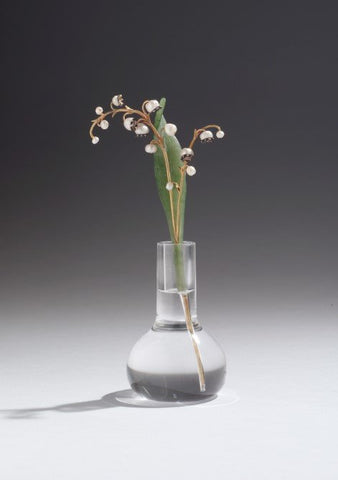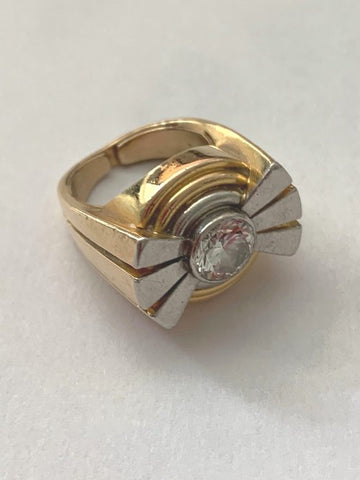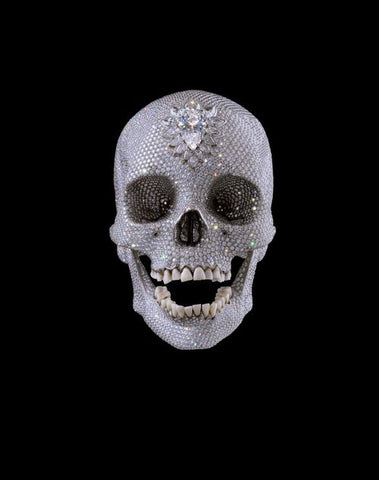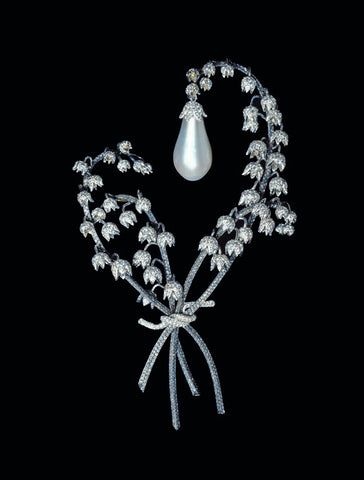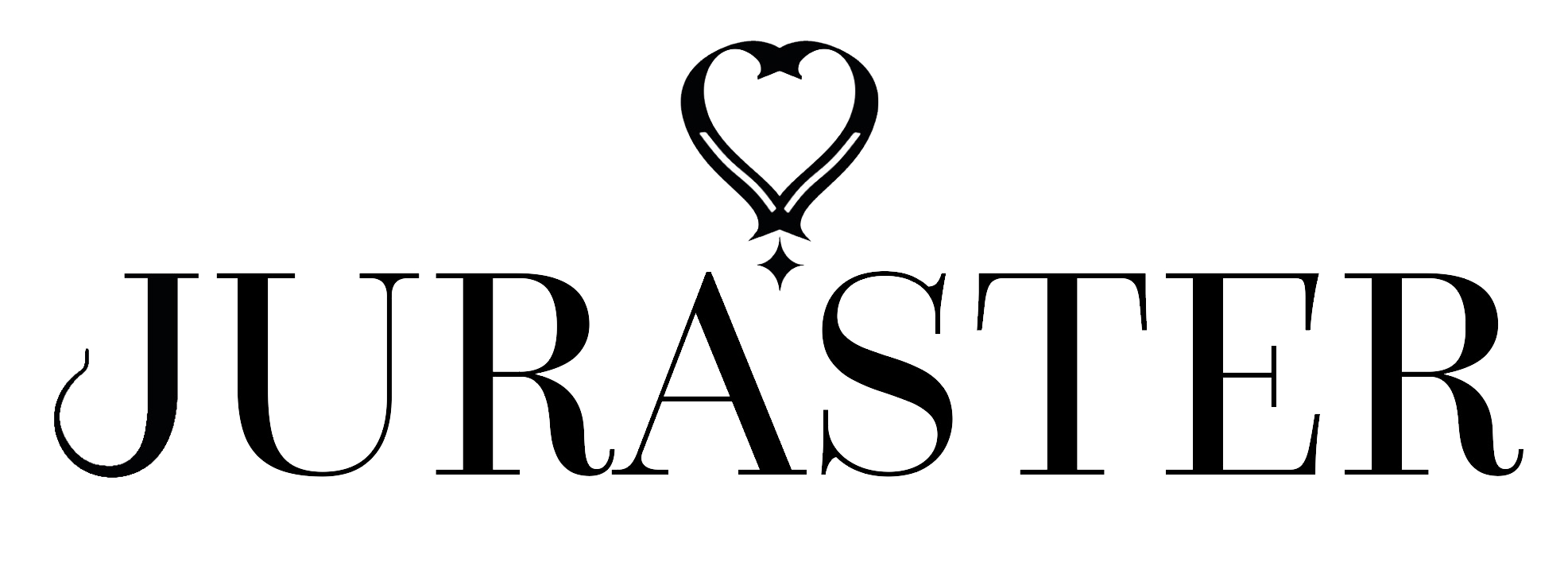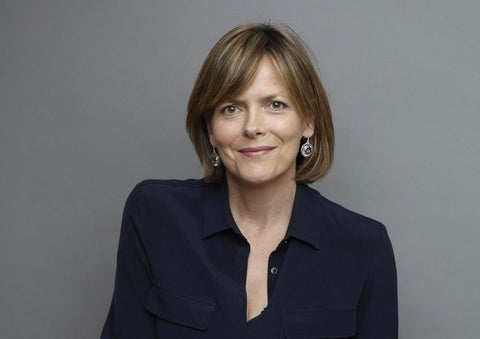Inside the Jewel Vault with Carol Woolton
Listen Now
|
Carol Woolton
|
Enamel trompe eye brooch, Georgian |
Faberge rock crystal lily of the valley objet de vertu |
|
Cartier Art Deco & Egyptian faience brooch |
Gold & diamond ring Raymond Templier |
For the Love of God, Damien Hirst |
|
JAR, diamond & pearl lily of the valley brooch |
|
|
